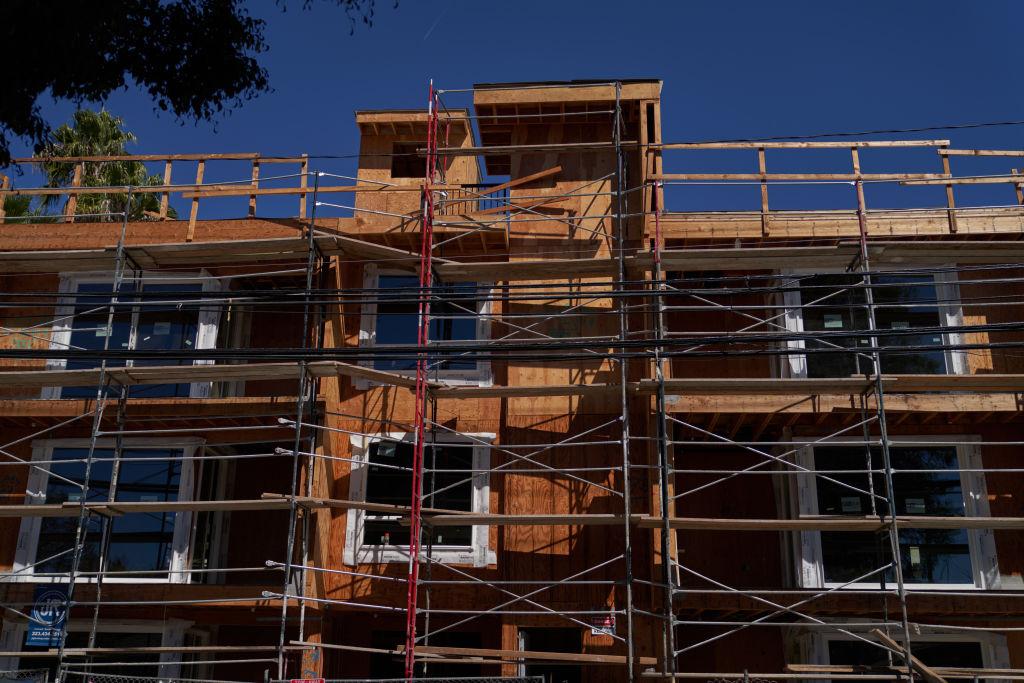California is in a housing crisis and its environmental laws may be partially to blame, a litigator with the libertarian law firm the Pacific Legal Foundation told EpochTV’s California Insider.
The state has tedious property regulations for building and zoning homes, as well as its California Environmental Quality Act (CEQA), the firm’s Litigation Director Larry Salzman said, which limit land-use decisions based on potentially harmful environmental factors.





